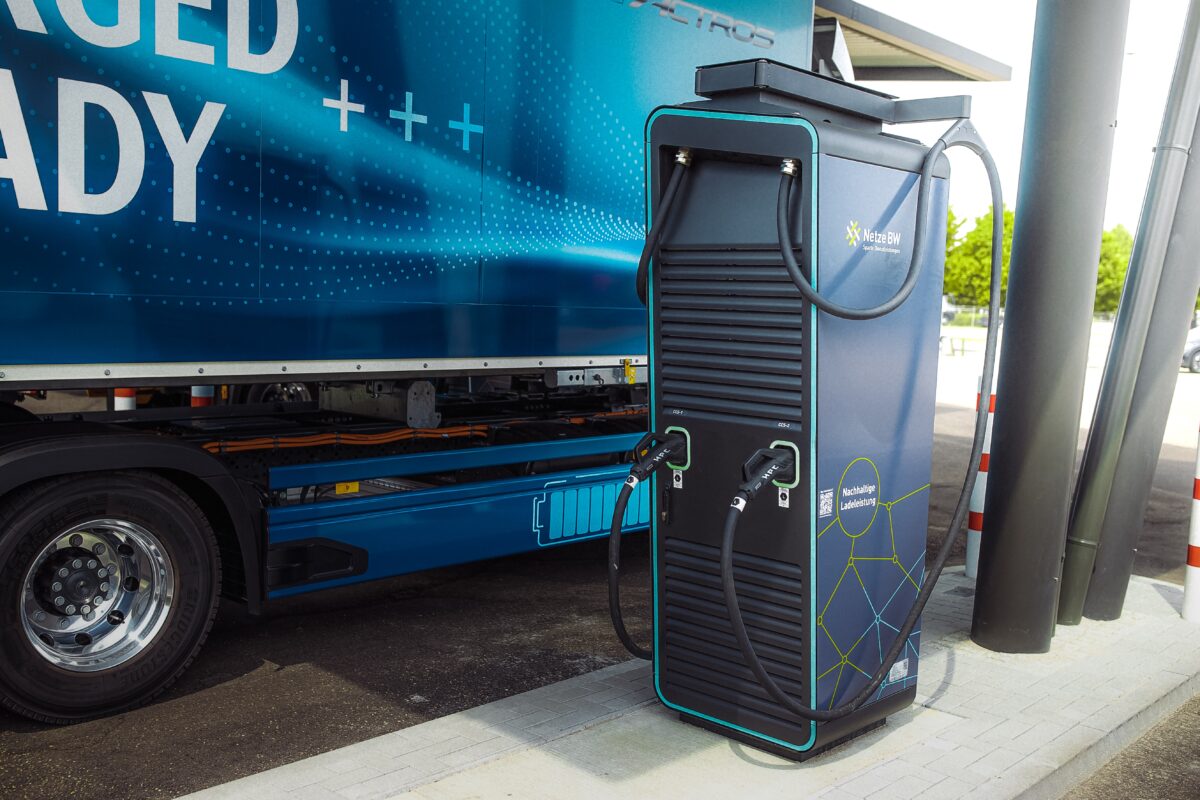In recent years, the global focus on sustainable transportation has grown exponentially. With concerns about climate change and the need to reduce carbon emissions, there has been a significant push towards adopting eMobility solutions. eMobility refers to the use of electric vehicles (EVs), including cars, buses, bikes, and scooters, as well as the supporting charging infrastructure. This article explores the costs and benefits associated with eMobility solutions, shedding light on their potential to revolutionize the transportation sector and pave the way for a greener future.
Costs of eMobility Solutions
Vehicle Acquisition Costs
One of the primary concerns for individuals and businesses considering eMobility solutions is the initial cost of acquiring electric vehicles. EVs tend to have a higher purchase price compared to their internal combustion engine counterparts. However, as technology advances and economies of scale come into play, the cost of EVs is gradually decreasing. Incentives, such as government subsidies and tax credits, can further offset the upfront expenses associated with buying an electric vehicle.
Charging Infrastructure
Another cost consideration is the development of a robust charging infrastructure. To ensure the widespread adoption of eMobility solutions, it is crucial to have a network of charging stations readily available for EV users. Establishing this infrastructure requires significant investment in the installation of charging points, both in public spaces and at residential or commercial properties. While this is a substantial initial expense, the long-term benefits of a well-connected charging network far outweigh the costs.
Benefits of eMobility Solutions
Environmental Impact
The most significant advantage of eMobility solutions lies in their positive environmental impact. Traditional internal combustion engines are major contributors to greenhouse gas emissions, air pollution, and noise pollution. By transitioning to electric vehicles, we can significantly reduce carbon dioxide emissions and improve air quality. Moreover, as the energy sector shifts towards renewable sources, the environmental benefits of eMobility solutions will continue to grow.
Energy Efficiency
Electric vehicles are known for their superior energy efficiency compared to conventional vehicles. EVs convert a higher percentage of energy from the grid into usable power for propulsion, resulting in lower energy consumption per mile. This efficiency not only reduces operating costs but also contributes to a more sustainable energy system.
Reduced Maintenance and Operating Costs
While the initial acquisition costs of EVs may be higher, they offer significant long-term savings in terms of maintenance and operating expenses. Electric vehicles have fewer moving parts compared to internal combustion engines, which means they require less frequent maintenance and have lower chances of mechanical failures. Additionally, the cost of electricity for charging an EV is generally lower than the cost of gasoline, resulting in reduced fuel expenses for the vehicle owner.
Energy Independence and Grid Integration
eMobility solutions also provide opportunities for energy independence and grid integration. By utilizing smart charging technologies, EVs can serve as mobile energy storage units, allowing for bidirectional flow of electricity between vehicles and the grid. This capability enables the integration of renewable energy sources, such as solar and wind, by utilizing EV batteries to store excess energy during peak generation periods and releasing it back to the grid during times of high demand.
Conclusion
eMobility solutions present a compelling case for transforming the transportation sector towards a greener and more sustainable future. While there are costs associated with adopting electric vehicles and developing the necessary charging infrastructure, the long-term benefits far outweigh the initial investments. From the environmental advantages of reduced emissions and improved air quality to the energy efficiency and cost savings offered by EVs, eMobility solutions have the potential to revolutionize the way we move people and goods. By embracing this technological shift and implementing supportive policies, we can accelerate the transition to a low-carbon transport system and pave the way for a cleaner and healthier world.
